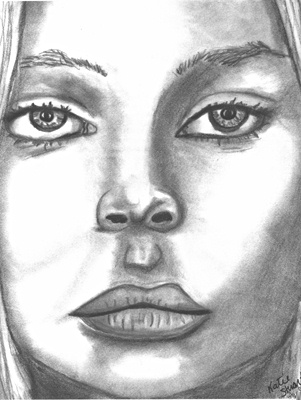All Nonfiction
- Bullying
- Books
- Academic
- Author Interviews
- Celebrity interviews
- College Articles
- College Essays
- Educator of the Year
- Heroes
- Interviews
- Memoir
- Personal Experience
- Sports
- Travel & Culture
All Opinions
- Bullying
- Current Events / Politics
- Discrimination
- Drugs / Alcohol / Smoking
- Entertainment / Celebrities
- Environment
- Love / Relationships
- Movies / Music / TV
- Pop Culture / Trends
- School / College
- Social Issues / Civics
- Spirituality / Religion
- Sports / Hobbies
All Hot Topics
- Bullying
- Community Service
- Environment
- Health
- Letters to the Editor
- Pride & Prejudice
- What Matters
- Back
Summer Guide
- Program Links
- Program Reviews
- Back
College Guide
- College Links
- College Reviews
- College Essays
- College Articles
- Back
Bullying Redefined
A mousy kid is pushed up against a row of lockers by what appears to be a troll in a letterman jacket. Noogies are appropriately administered, and the bully struts away while the kid sinks to the floor, his glasses drooping sadly. The word “bullying” conjures a specific, limiting image: one person is bullied, and another does the bullying. The bullying is overt, and everyone involved is very aware of the role they play. This homogenized image is presented on television and in the movies, written about in newspapers and bemoaned on the blogs of concerned parents. We worry over the very real crisis of bullying in terms that don’t reflect the true nature of bullying, and keep us from making a meaningful change for students.
My friend, Mike (whose name I changed for this essay), isn’t a socially gifted guy by any stretch of the imagination. He has a habit of oversharing, and gives the impression of being just a little bit behind in whatever conversation he’s in. But he’s kind and respectful, and never tries to make a scene. Mike is bullied. Not by one person, or two, but by nearly everyone in his class. They tease him relentlessly in a half-joking, half-serious way that, though intended to be funny, stings Mike. Until a short time ago, I was one of the people that bullied Mike. I didn’t think of myself as a bully. How could I be? I wasn’t gnashing my teeth at him and demanding his lunch money. I was just joking, and Mike even forced a sad smile along with me.
Most of the time, bullying is not physical violence, nor is it even outright intimidation. It’s much more subtle. Someone who is bullied isn’t always conscious of it, and worse still, those that bully aren’t always conscious of it, either. Bullying is a social sanctioning. Someone who is bullied is viewed through a filter. Maybe they’re socially awkward, maybe they’re too free with the expression of an unorthodox opinion, maybe they’re just “weird.” Whatever it is, this person is perceived differently by others, and that leads to mass bullying.
It doesn’t matter if we’re captain of the math team or the football team, in one way or another, we teenagers feel like we’re on the outside looking in. In our isolation, we naturally try to find any way to connect with others. This urge is an understandable one, but it can manifest itself in an ugly way. We try to belong by telling someone else they don’t.
If we are serious about fighting bullying, we have to look first to ourselves, and ask hard questions. What prejudices do we hold? Who do we judge unfairly? How far are we willing to go to fit in? How far have we gone? We can’t fight bullying by making it a terrible thing that – conveniently for us – only other people do. Ask yourself, “How am I a bully?”

Similar Articles
JOIN THE DISCUSSION
This article has 2 comments.
This is very, very true. Bullying is not something straightforward; instead, it's something very tight and confused. There's many ways of bullying. One of the most common ways is by excluding others - something I was very much a victim of in elementary school.
I also remember being rude to several people (with and without just cause). One girl, who'll I'll call "A", has bullied me since kindergarten. Time and time again I'll try to be nice to A, and in response she is rude and hateful with me. In turn, I am rude and hateful to her. We're BOTH being bullies when that happens.
I love how this looks at a wide perspective of how bullying occurs. The movies and TV shows and general media don't show how bullying actually is. If it hurts someone, it's bullying.